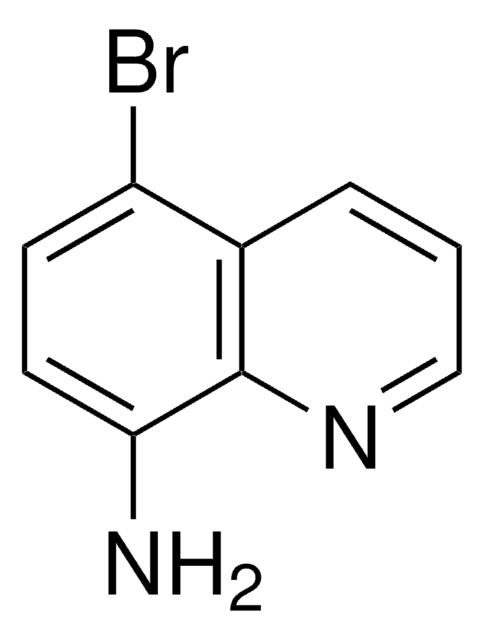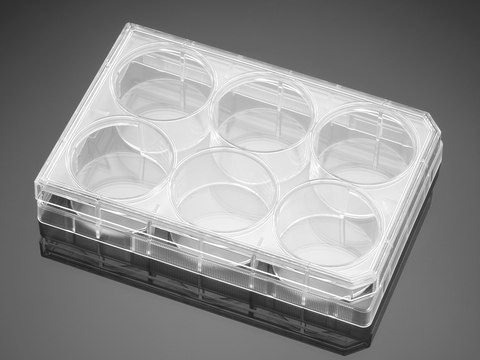fR2
98031102, human breast, Epithelial, cuboidal
Iniciar sesiónpara Ver la Fijación de precios por contrato y de la organización
About This Item
UNSPSC Code:
41106514
Productos recomendados
product name
fR2, 98031102
biological source
human breast
growth mode
Adherent
karyotype
Aneuploid
morphology
Epithelial, cuboidal
shipped in
dry ice
storage temp.
−196°C
General description
For complete product information, please see fR2
Cell Line Origin
Human breast epithelial, SV40 transformed
Cell Line Description
The SV40 transformed breast epithelial cell line fR2 was obtained in 1982 by infecting suspensions of primary milk cultures with wild-type SV40. The cells have been shown to express Muc-1, also known as HMFG-1 antigen, which is a mucin-like component of human milk fat globule membranes. They are positive for keratin 8 and 18, but negative for keratins 4, 6, 7, 10, 13, 14, 16, 17 and 19. Although fR2 is morphologically different from fR5 (Sigma Catalogue no. 98031103), they have probably been derived from a common precursor cell since the karyotypes are similar. Karyotype analysis revealed hypotetraploidy and several rearrangements involving chromosome 1 and 11 which are frequently found in breast carcinomas and lines derived from metastatic pleural effusions. fR2 cells display anchorage independent growth in soft agar and are positive for SV40 T-antigen. Early passages were non-tumorigenic in nude mice.
Application
Study of human mammary epithelial cells
DNA Profile
STR-PCR Data: Amelogenin: X
CSF1PO: 12,13
D13S317: 12
D16S539: 11,13
D5S818: 12,13
D7S820: 8,12
THO1: 9.3
TPOX: 8
vWA: 20
CSF1PO: 12,13
D13S317: 12
D16S539: 11,13
D5S818: 12,13
D7S820: 8,12
THO1: 9.3
TPOX: 8
vWA: 20
Culture Medium
RPMI 1640 + 2mM Glutamine + 10μg/ml insulin + 5μg/ml hydrocortisone + 10% FBS
Subculture Routine
Split sub-confluent cultures (70-80%) 1:10 i.e. seeding 1 x 10,000 cells / cm2 using 0.25% trypsin or trypsin/EDTA; 5% CO2; 37°C
Other Notes
Additional freight & handling charges may be applicable for Asia-Pacific shipments. Please check with your local Customer Service representative for more information.
Certificados de análisis (COA)
Busque Certificados de análisis (COA) introduciendo el número de lote del producto. Los números de lote se encuentran en la etiqueta del producto después de las palabras «Lot» o «Batch»
¿Ya tiene este producto?
Encuentre la documentación para los productos que ha comprado recientemente en la Biblioteca de documentos.
Nuestro equipo de científicos tiene experiencia en todas las áreas de investigación: Ciencias de la vida, Ciencia de los materiales, Síntesis química, Cromatografía, Analítica y muchas otras.
Póngase en contacto con el Servicio técnico








